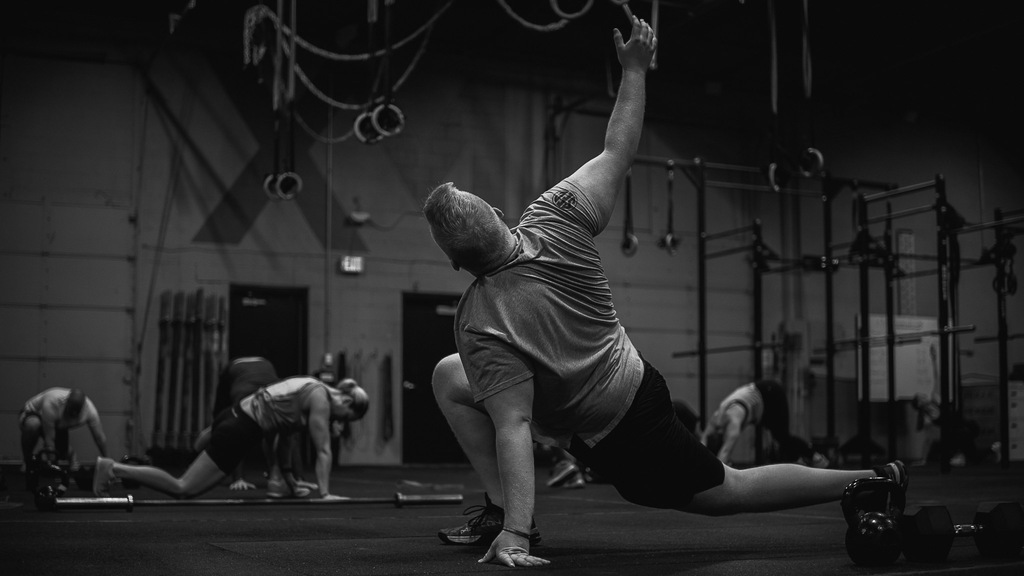
In today’s fast-paced world, finding time to prioritize our health and well-being can often feel like an impossible task. Between work commitments, family responsibilities, and social engagements, it’s easy for our physical fitness to take a backseat. However, maintaining flexibility in the lower body is crucial for overall health and mobility, especially as we age. Whether you’re an avid gym-goer or just starting your fitness journey, incorporating mobility drills into your routine can greatly enhance your quality of life. In this guide, we’ll explore the importance of lower body flexibility and provide you with actionable drills to help you achieve your flexibility goals.
Understanding Lower Body Flexibility
Lower body flexibility refers to the ability of your muscles and joints in the legs, hips, and lower back to move freely through their full range of motion. This flexibility is essential for performing everyday activities with ease, such as bending down to tie your shoes, climbing stairs, or even sitting comfortably for extended periods.
As we age, our muscles tend to tighten and our joints may become stiff, leading to decreased flexibility and mobility. Sedentary lifestyles, prolonged sitting, and lack of regular stretching can exacerbate these issues, increasing the risk of injury and reducing overall quality of life.
Fortunately, incorporating mobility exercises into your routine can help counteract these effects and improve lower body flexibility over time. By dedicating just a few minutes each day to targeted stretching and mobility drills, you can enhance your range of motion, alleviate muscle tension, and prevent injury.
Mobility Drills for Lower Body Flexibility
Forward Fold
The forward fold is a classic yoga pose that targets the hamstrings, lower back, and calves, promoting flexibility and relaxation in the entire posterior chain.
Guidelines:
- Begin standing with your feet hip-width apart and your knees slightly bent.
- Slowly hinge forward at the hips, keeping your back straight and reaching your hands towards the floor.
- Allow your head and neck to relax, and let gravity pull you deeper into the stretch.
- Hold the stretch for 30-60 seconds, focusing on deep breaths and relaxing into the pose.
- To deepen the stretch, you can gently sway from side to side or bend your knees slightly more.
Routine:
- Perform 2-3 sets of the forward fold, holding each stretch for 30-60 seconds.
- Incorporate the forward fold into your daily routine, such as after waking up in the morning or before bedtime.
Calf Stretch
The calf stretch targets the muscles in the back of the lower leg, including the gastrocnemius and soleus, helping to improve ankle mobility and prevent tightness.
Guidelines:
- Stand facing a wall or sturdy object, with one foot in front of the other.
- Place your hands on the wall for support and step your front foot forward, keeping it flat on the ground.
- Keep your back leg straight and press your heel into the floor, feeling the stretch in your calf.
- Hold the stretch for 30-60 seconds, then switch sides and repeat.
- To increase the stretch, lean your hips forward slightly or bend your back knee.
Routine:
- Perform 2-3 sets of the calf stretch on each leg, holding for 30-60 seconds.
- Incorporate calf stretches into your warm-up routine before workouts or during rest periods.
Glute Bridges
Glute bridges are an effective exercise for strengthening the glutes, hamstrings, and lower back, while also improving hip mobility and flexibility.
Guidelines:
- Lie on your back with your knees bent and feet flat on the ground, hip-width apart.
- Engage your core and squeeze your glutes as you lift your hips towards the ceiling.
- Keep your shoulders, hips, and knees in a straight line, avoiding any arching or twisting.
- Hold the top position for a few seconds, then lower your hips back down to the starting position.
- Repeat for 10-15 repetitions, focusing on smooth and controlled movements.
Routine:
- Perform 2-3 sets of glute bridges, aiming for 10-15 repetitions per set.
- Include glute bridges in your strength training routine as a warm-up or as part of a lower body workout.
In conclusion, incorporating mobility drills into your daily routine is essential for maintaining lower body flexibility and overall mobility, especially for busy adults with hectic schedules. By dedicating just a few minutes each day to targeted stretching and mobility exercises, you can improve your range of motion, reduce muscle tension, and prevent injury.
Remember to listen to your body and progress at your own pace, gradually increasing the intensity and duration of your stretches over time. Consistency is key, so make it a habit to prioritize mobility and flexibility in your daily routine. With dedication and perseverance, you’ll unlock your body’s full potential and enjoy a higher quality of life for years to come.
